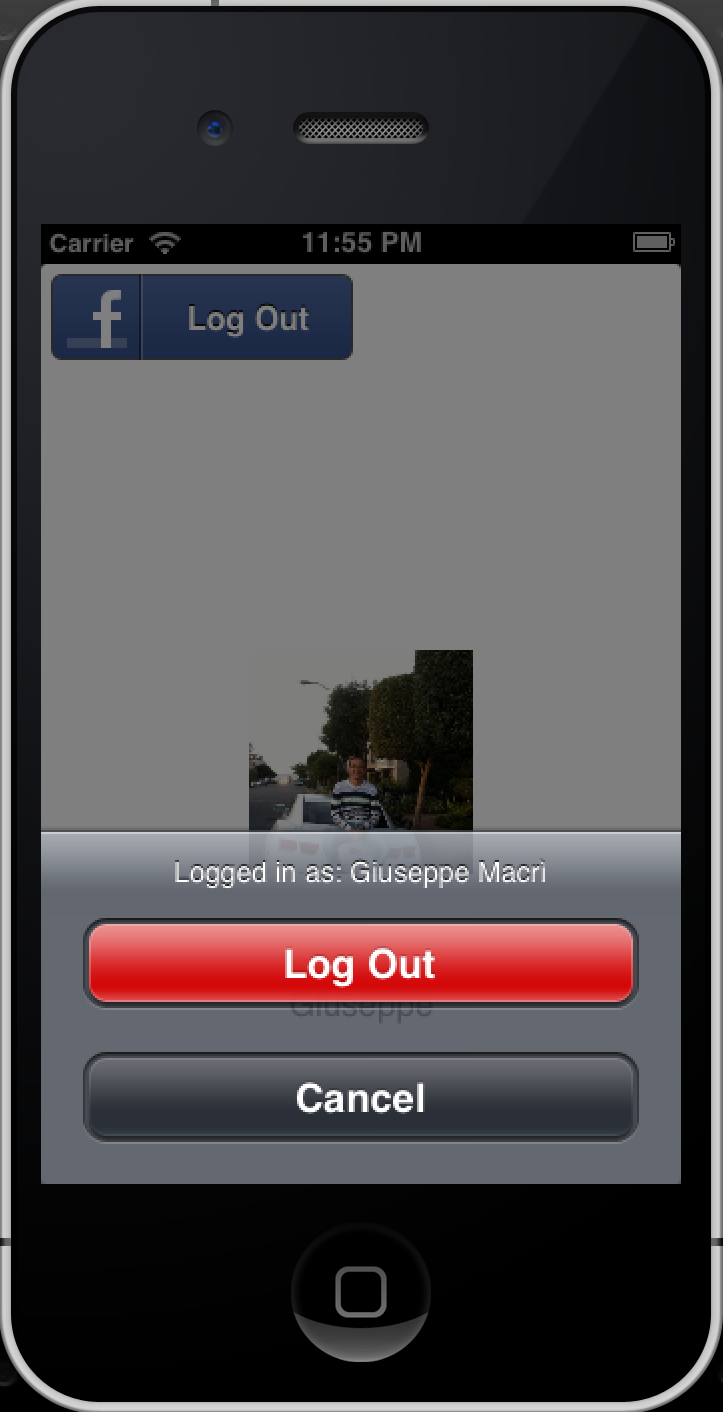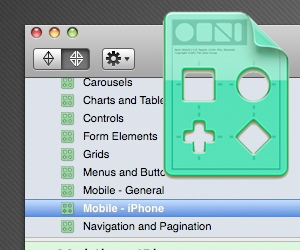Best Practices for Team Android Development



AngularJS is one of the most used Javascript frameworks nowadays.
A characteristic of this framework is the possibility of binding input or output parts of an HTML page to a model represented by standard JavaScript variables.
Looping through arrays and collections is made easy by the ngRepeat directive.
This directive becomes handy when dealing with lists and tables, especially if associated to the AngularJS filters, which allow you to handle pagination, filtering and sorting by adding just one line of code to your html.
Unfortunately, one of the limitations of this approach is that the filtering is done client-side, therefore it wouldn’t be an optimal solution when dealing with a substantial number of rows/records.

I recently reviewed a SQL query that was returning duplicate results. Since I expected, and needed, a single result from the query this was a problem. Here’s an explanation of why this bug occurred, and several different ways it can be resolved.

Core Data is a framework provided by Apple that allows developers to design, build and interact with a database, without ever having any direct interaction with SQL.

This post will explain how to use a new component within the Facebook SDK iOS; I am talking about FBLoginView.
Facebook SDK for iOS has seen several updates and improvements during the last year. During my first project I was asked to refactor the authentication flow, such as login and logout.

Stack Overflow requires that questions be largely objective, but is based around a voting system that would be largely unnecessary if all questions actually were. The requirement for objectivity can be readily tested by asking a subjective question and watching how quickly it’s removed, but it’s also made explicit in their blog posts:
Stack Exchange is about questions with objective, factual answers.
…open-ended questions diminish the usefulness of our site…
and the reasons a question might be closed:
We expect answers to be supported by facts, references, or specific expertise, but this question will likely solicit debate, arguments, polling, or extended discussion.
The message is quite clear: objective good, subjective bad.

This year I worked on a project which involved populating a huge HTML table (up to 1,048,576 rows by 16,384 columns) cell-by-cell, with data retrieved via ajax calls. Needless to say, performance was not good.

Adding a default text display in a text input is a common way to label a text input in order to provide instruction and clarity for a user. Here is a simple implementation using jQuery.

Recently I have been using Omnigraffle for creating wireframes. I like using Omnigraffle because it offers a lot of flexibility in terms of styling the wireframes, while being quite simple to use.
Another great thing about Omnigraffle is the Graffletopia stencil library. This extensive resource includes many commonly used design elements and icons – you can download it from http://www.graffletopia.com.

When it comes to developing an Android app that deals with sensitive information, you must take extra precautions to make sure that the information doesn’t fall into the wrong hands. Although Android devices come with state-of-the-art security features, app developers often don’t leverage them. Even if they do, they may not necessarily be using them properly. One simple security hole is all it takes to compromise your app’s security as well as the security of the servers/systems it’s connecting to.